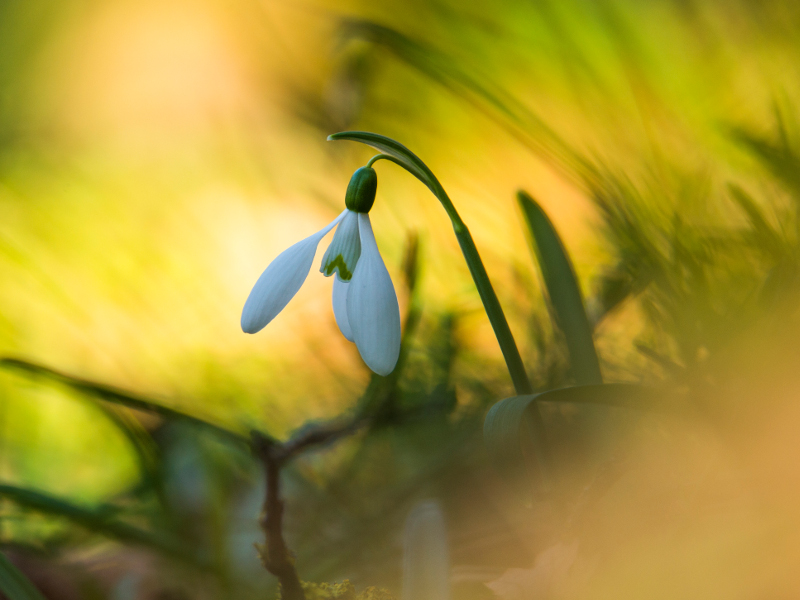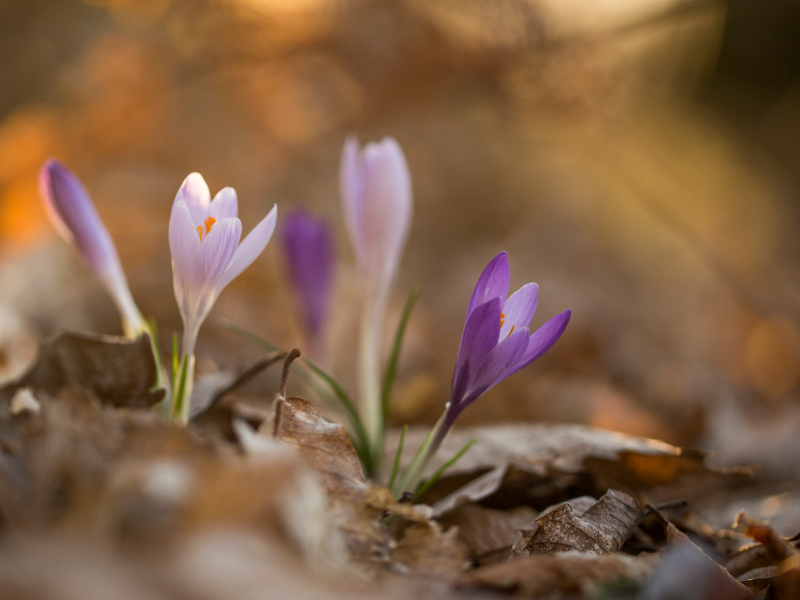Home » Nature and Territory » Riserva Naturale del Contrafforte Pliocenico » Protected Area
Flora and Vegetation
The Contrafforte's landforms have generated a large variety of environments, with contrasting microclimates that not only support the typical hill and low mountain vegetation but also a number of rare and unusual plant species.
One can easily spot the dark evergreen canopies of the holly oak that dot the sunny mountain walls, at times forming large green clusters together with other typical Mediterranean plant species, such as the mock privet, Italian buckthorn, briar root, sage-leaved rock rose and osyris.
Lichens, mosses and small succulents grow in the rocky environments, as do various flowering grasses, such as the woodland pink, rock soapwort, common ball flower and autumn squill, and dwarf shrubs, including, among others, the Italian strawflower, white wormwood and common rock-rose. The landscape is similar to that of the scented Mediterranean scrubland, often extending into arid meadows dominated by grass species and dotted with junipers, broom and sea buckthorns, where you'll find rare floral species, such as the Siberian bellflower, Italian feather grass and various orchids.
For the most part, the nature reserve's forests are either old coppices, which have been abandoned or are slowly turning into mature, tall tree forests, or young stands that have grown on former crop lands. The dry sunny slopes support xerophile oak forests of pubescent oak, together with manna ash, service tree and the less common Montpellier maple. Of the grasses in the undergrowth, the splendid flowers of rare orchids, gas plants and Canterbury bells are particularly striking.
There are extensive mesophile forests along the cool, humid slopes, dominated by the European hop hornbeam but also including turkey oak, maple, chequer, European cornel, hazel and common laburnum. At the end of the winter the undergrowth comes to life with the blossoms of the primrose, common lungwort, anemone and, less frequently, the dogtooth violet, snowdrop and two-leaf squill. Common hornbeams grow in the cooler microclimate of the valley floors alongside mountain forest species, such as beech, European yew, common holly and European bladder nut.
2025 © Ente di gestione per i Parchi e la Biodiversità - Emilia Orientale
Piazza XX Settembre, 1 - 40043 Marzabotto (BO)
Tel. +39 051 6701260-6254811 - Fax +39 051 6254521
E-mail protocollo@enteparchi.bo.it - PEC enteparchibo@cert.provincia.bo.it
P.IVA CF 03171551207
Codice univoco per la fatturazione elettronica: UF2KK4
E-mail protocollo@enteparchi.bo.it - PEC enteparchibo@cert.provincia.bo.it
P.IVA CF 03171551207
Codice univoco per la fatturazione elettronica: UF2KK4




